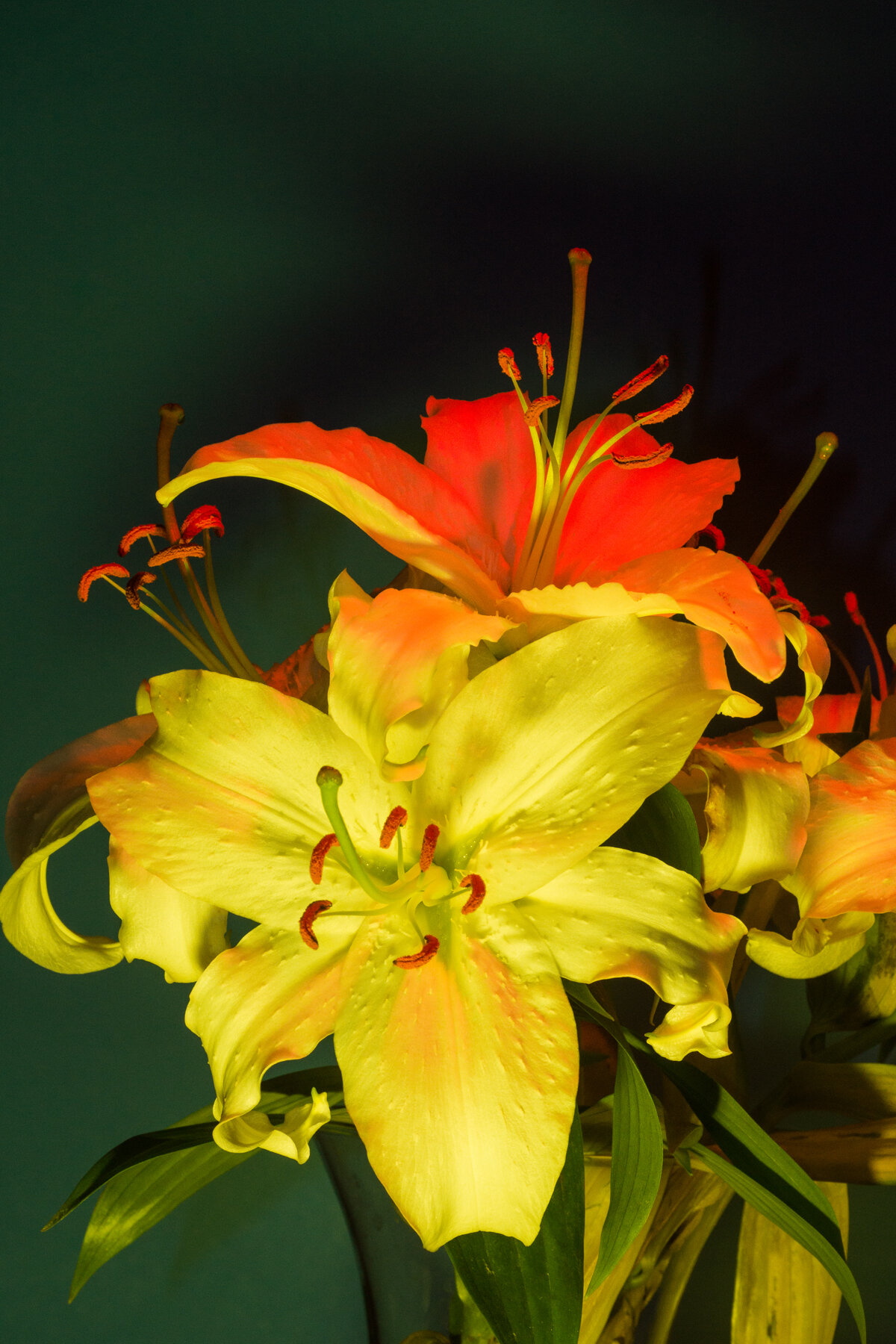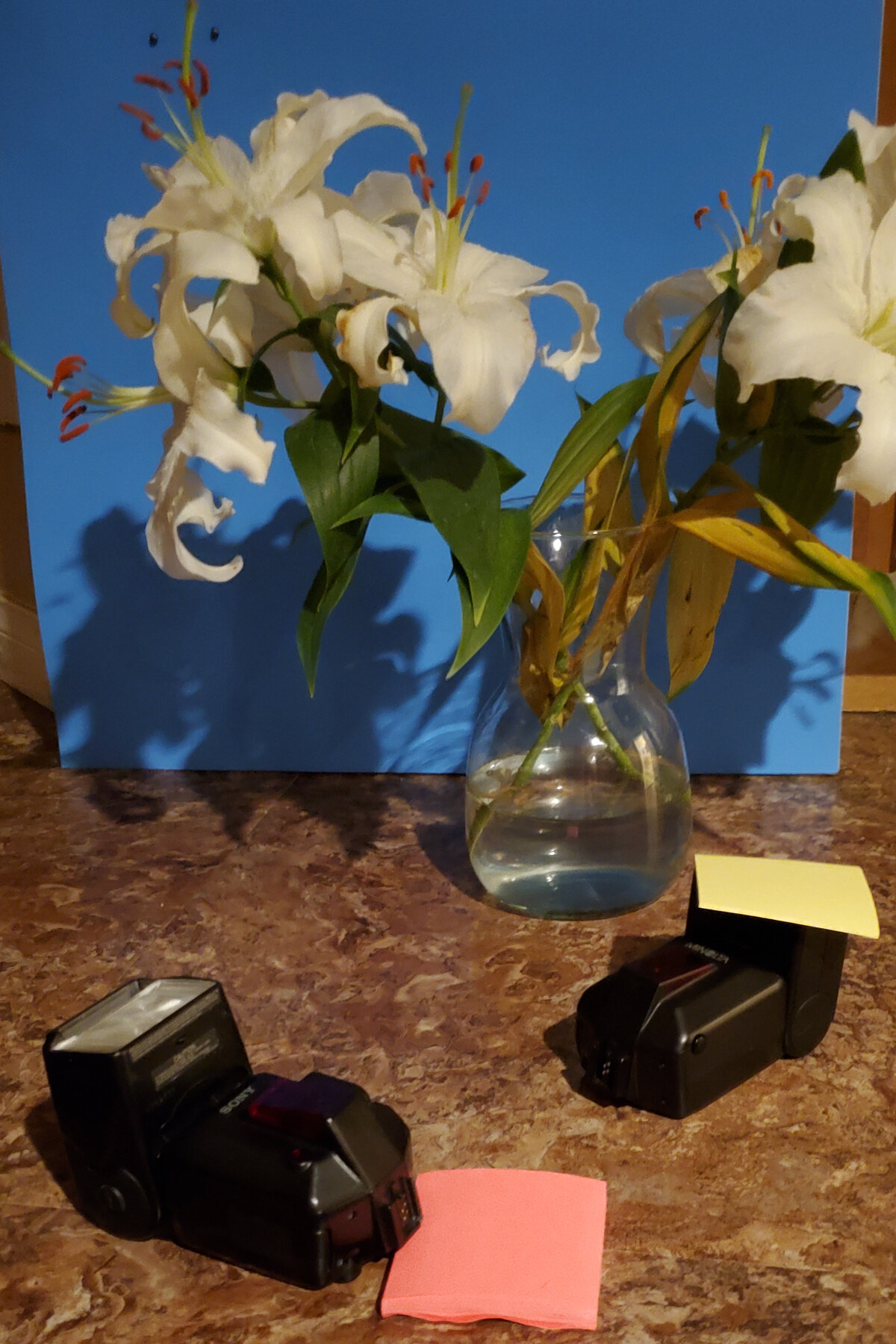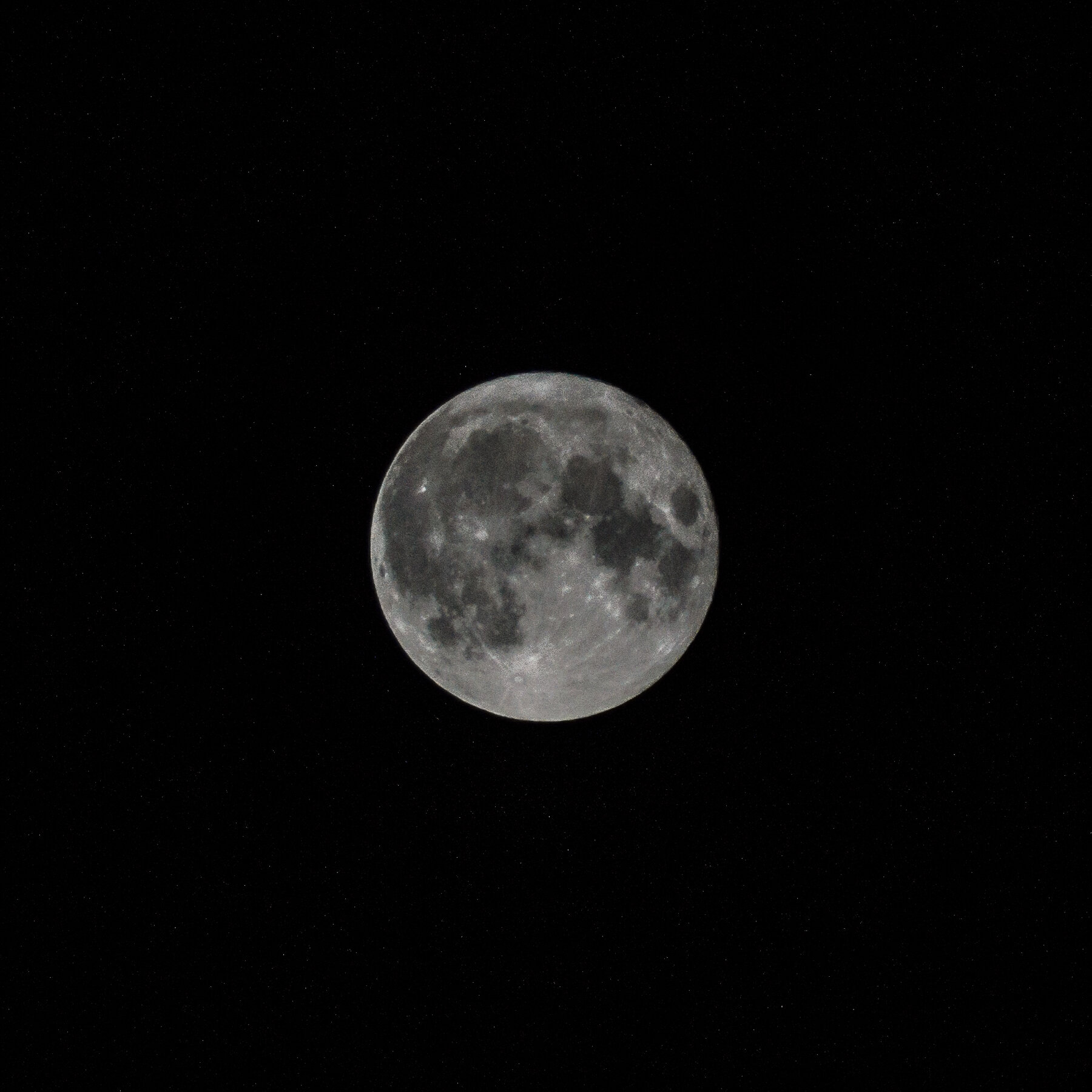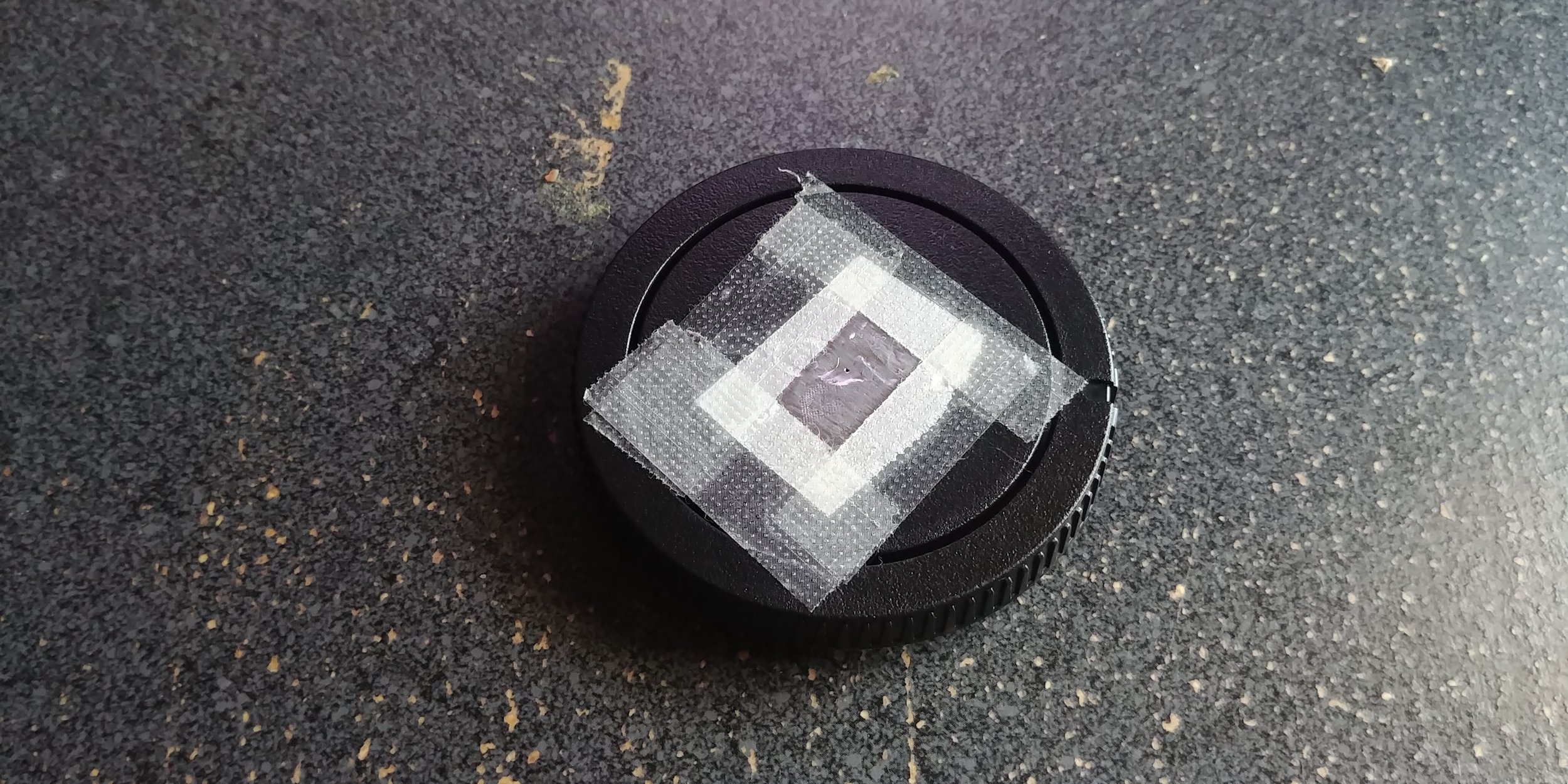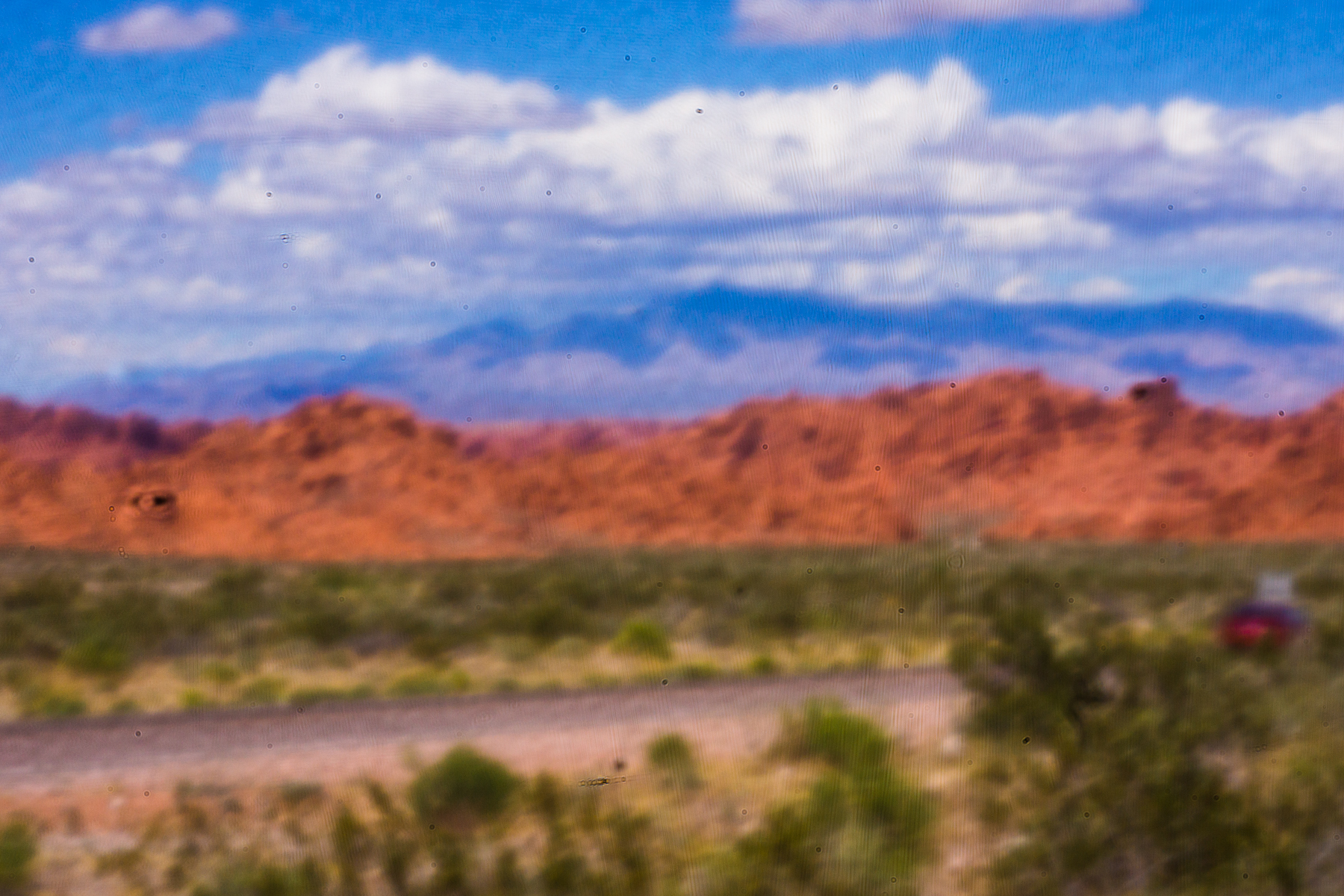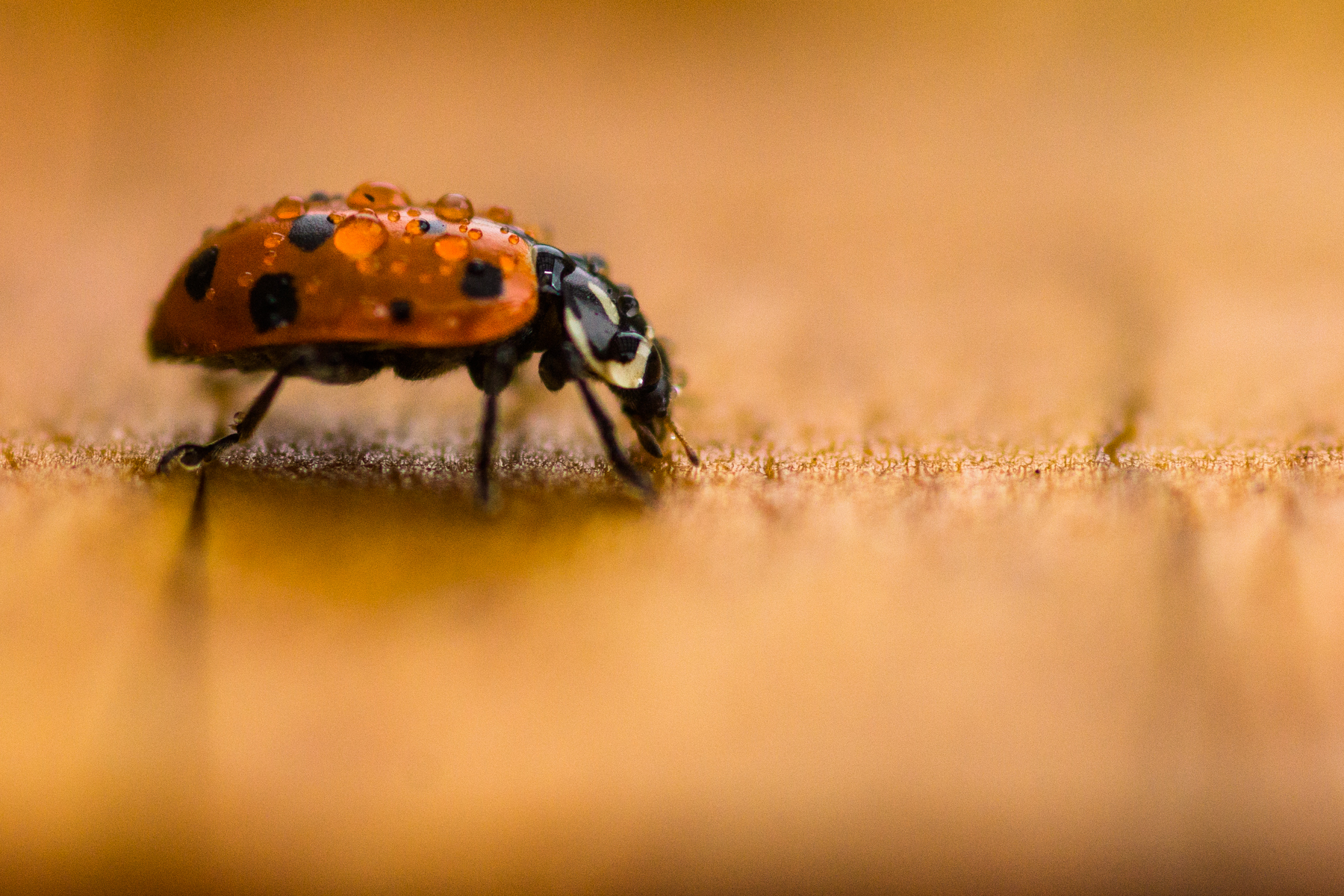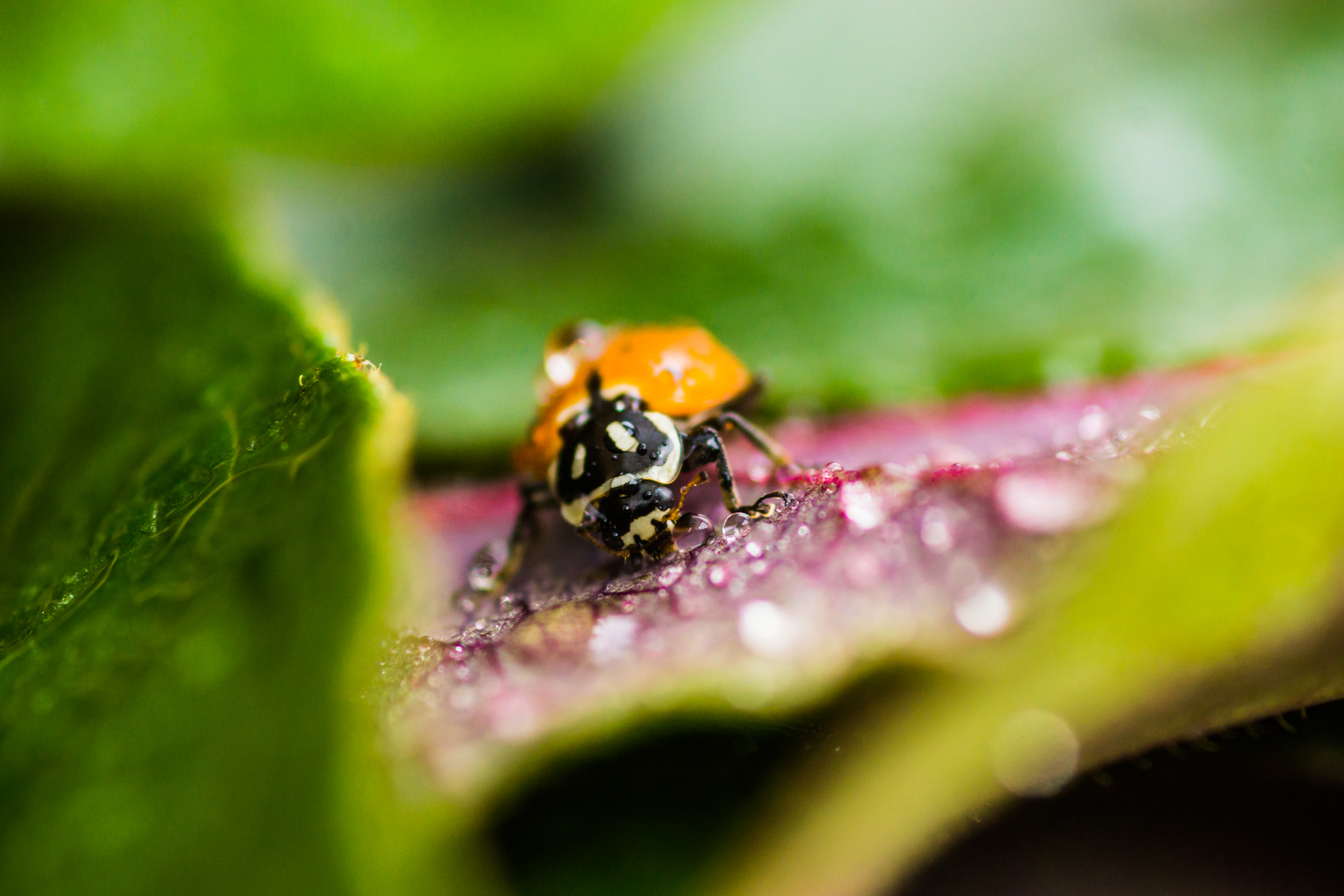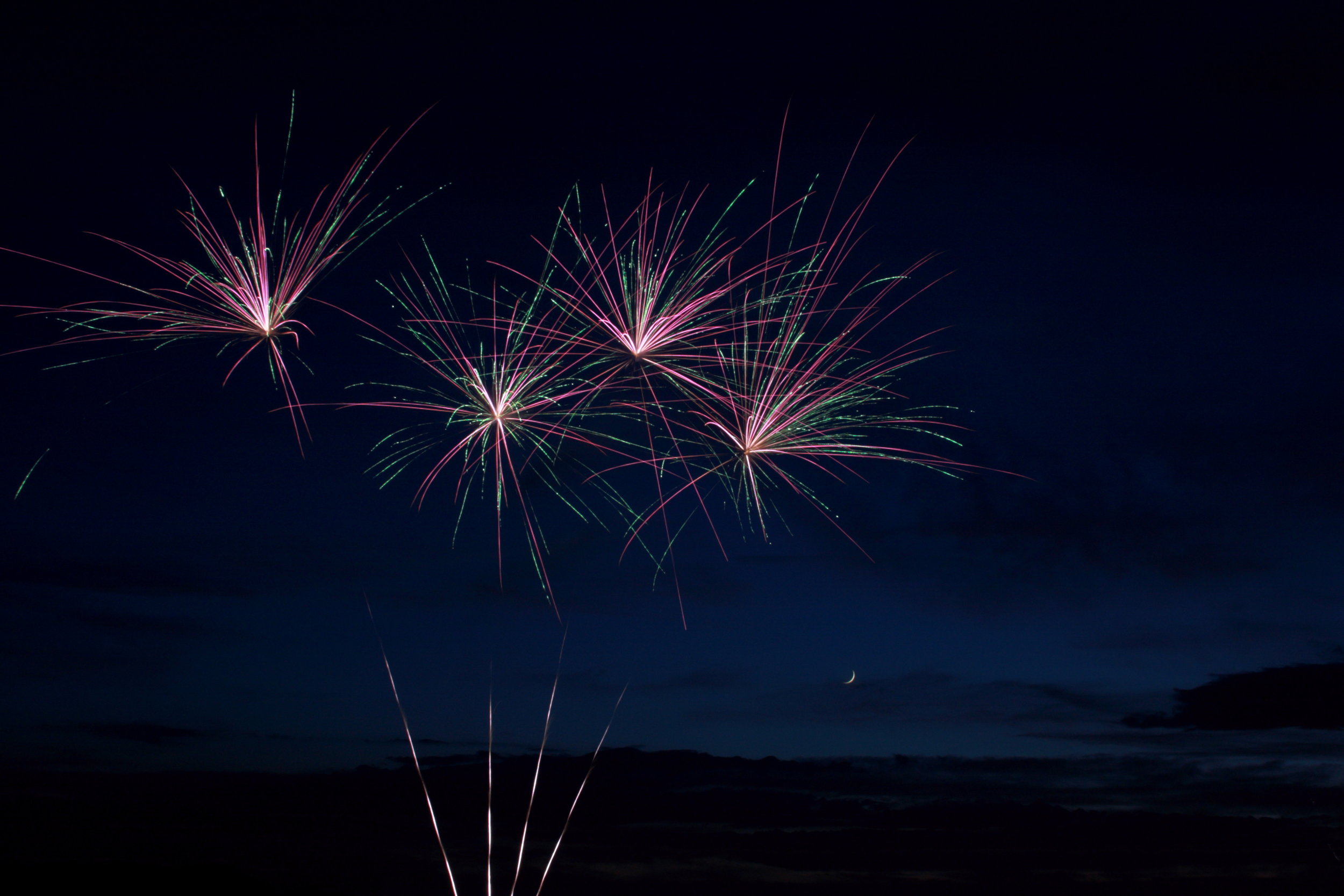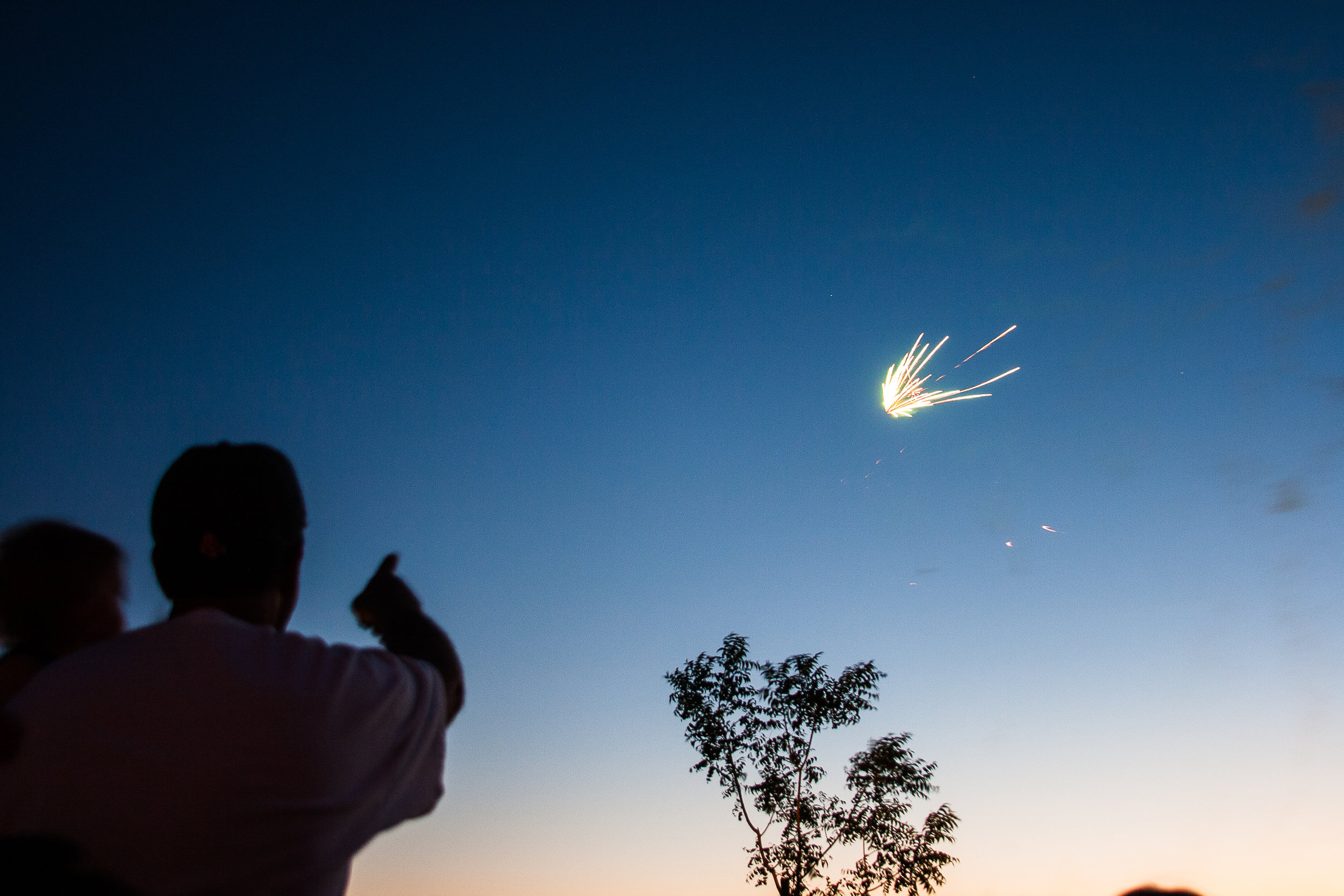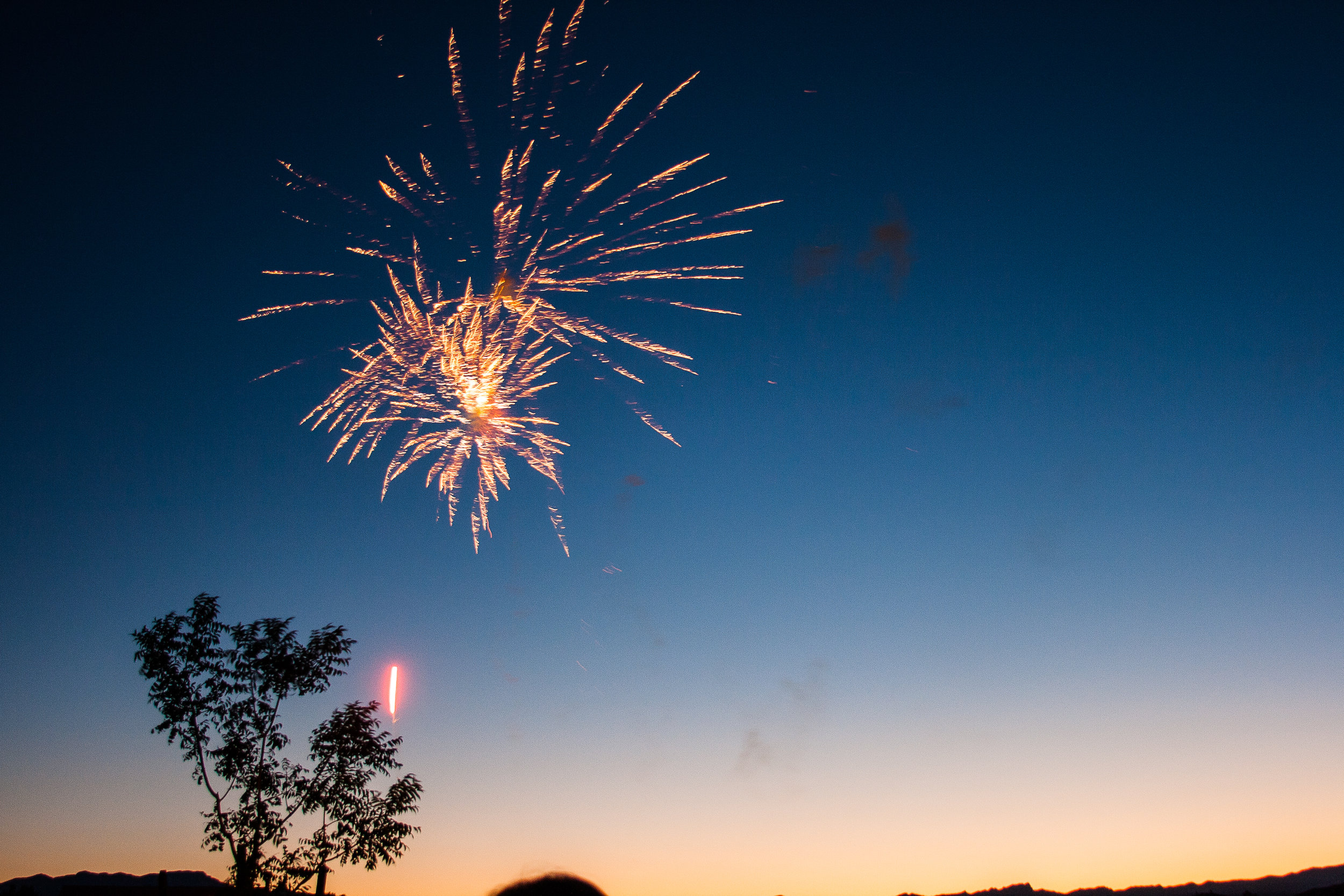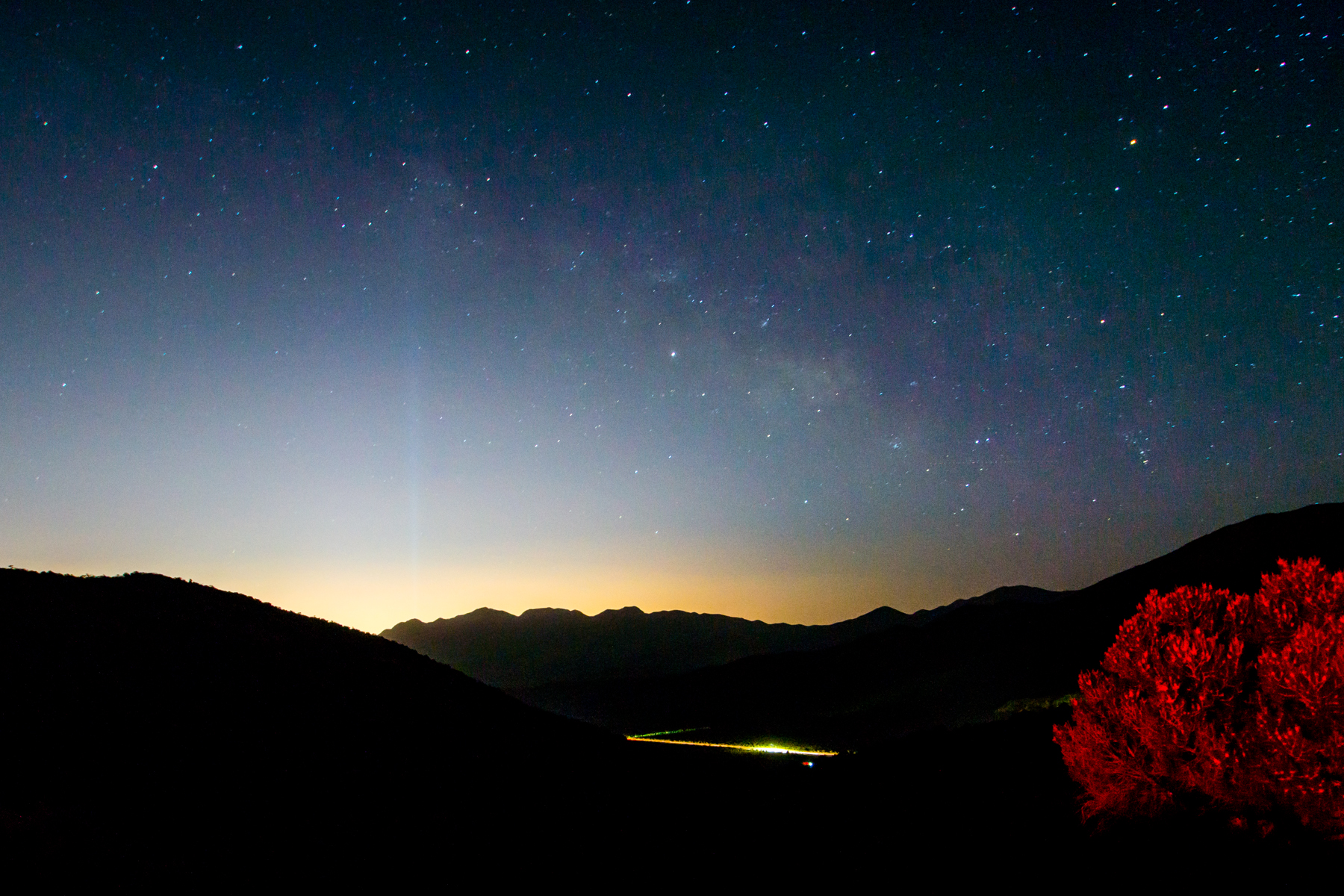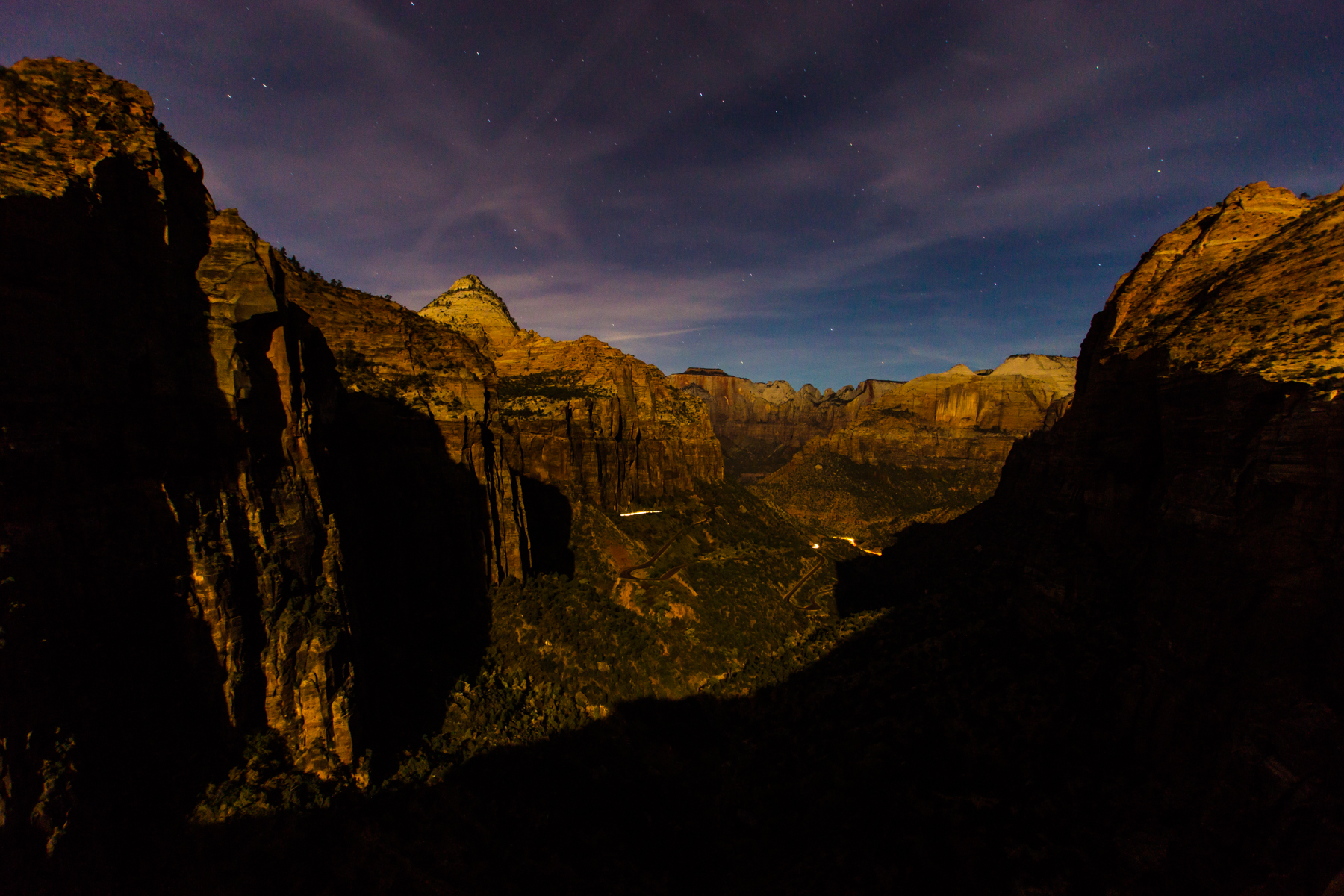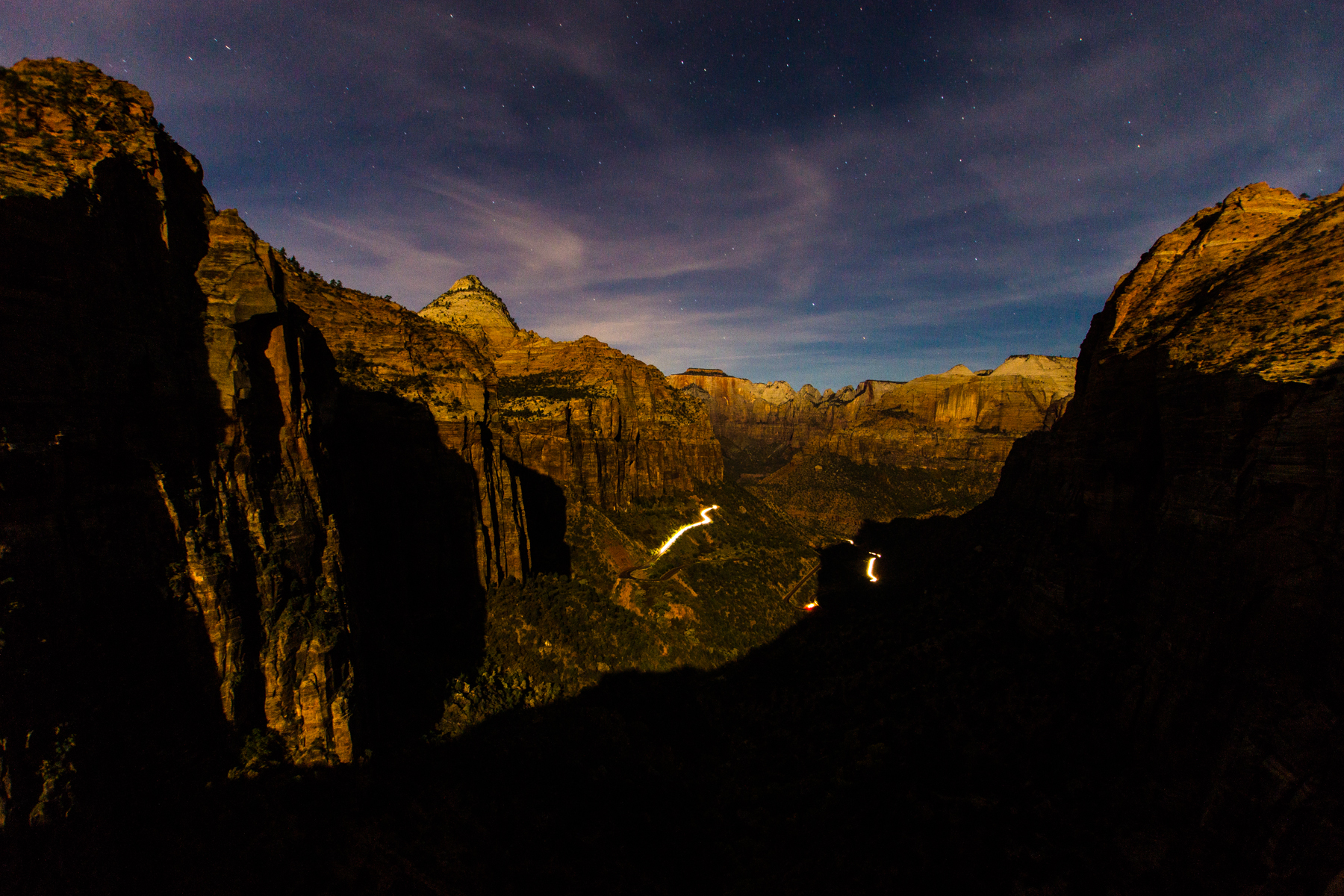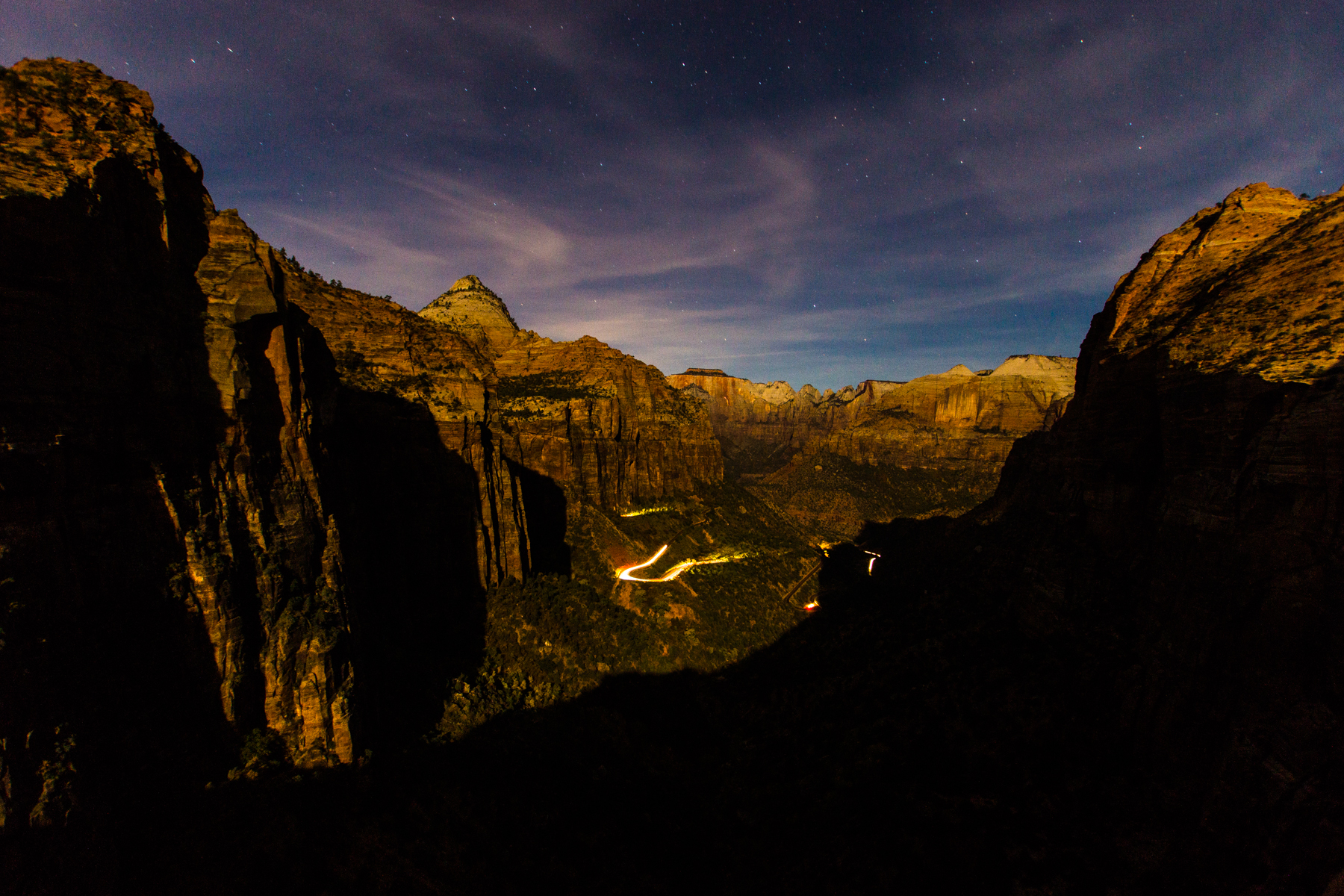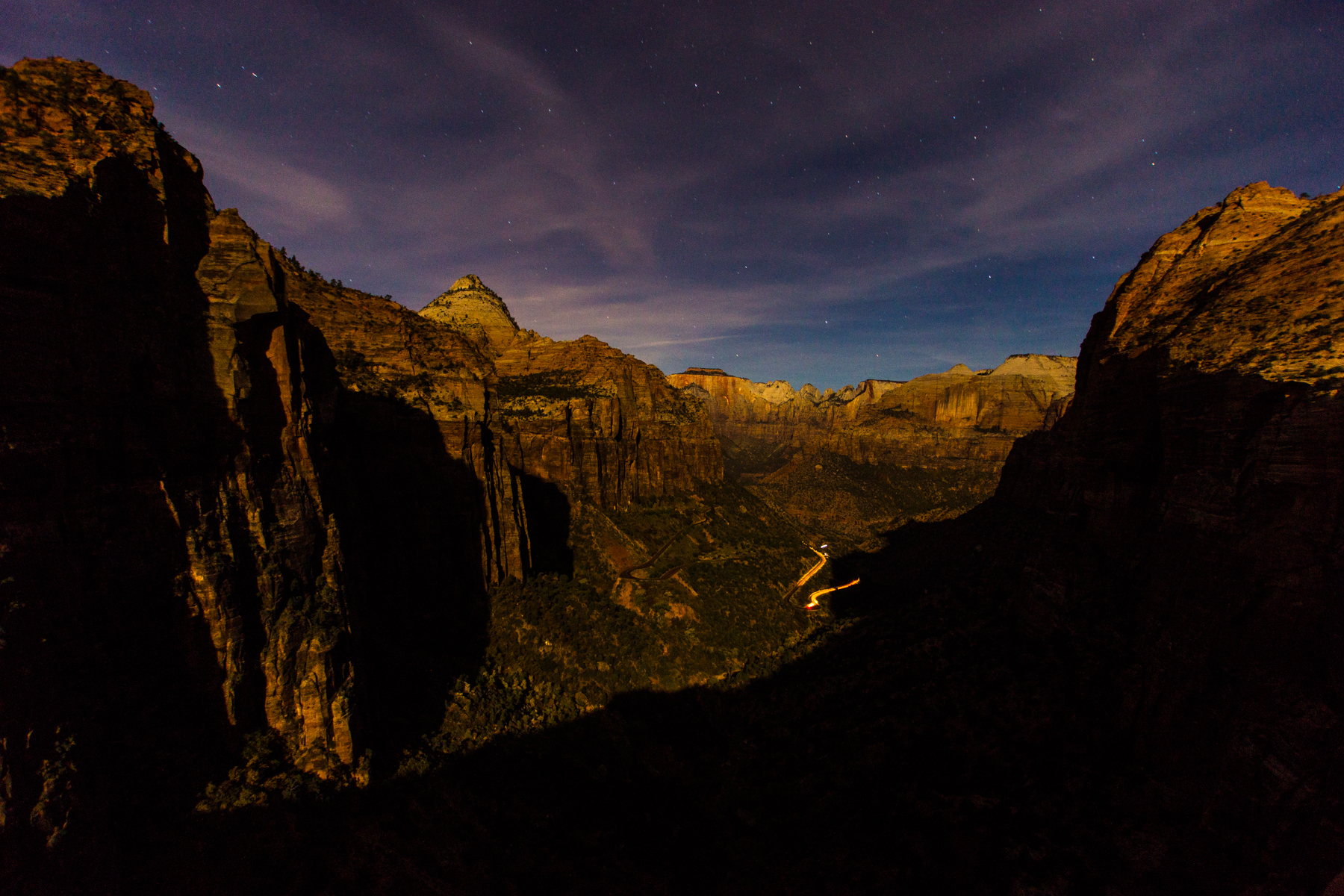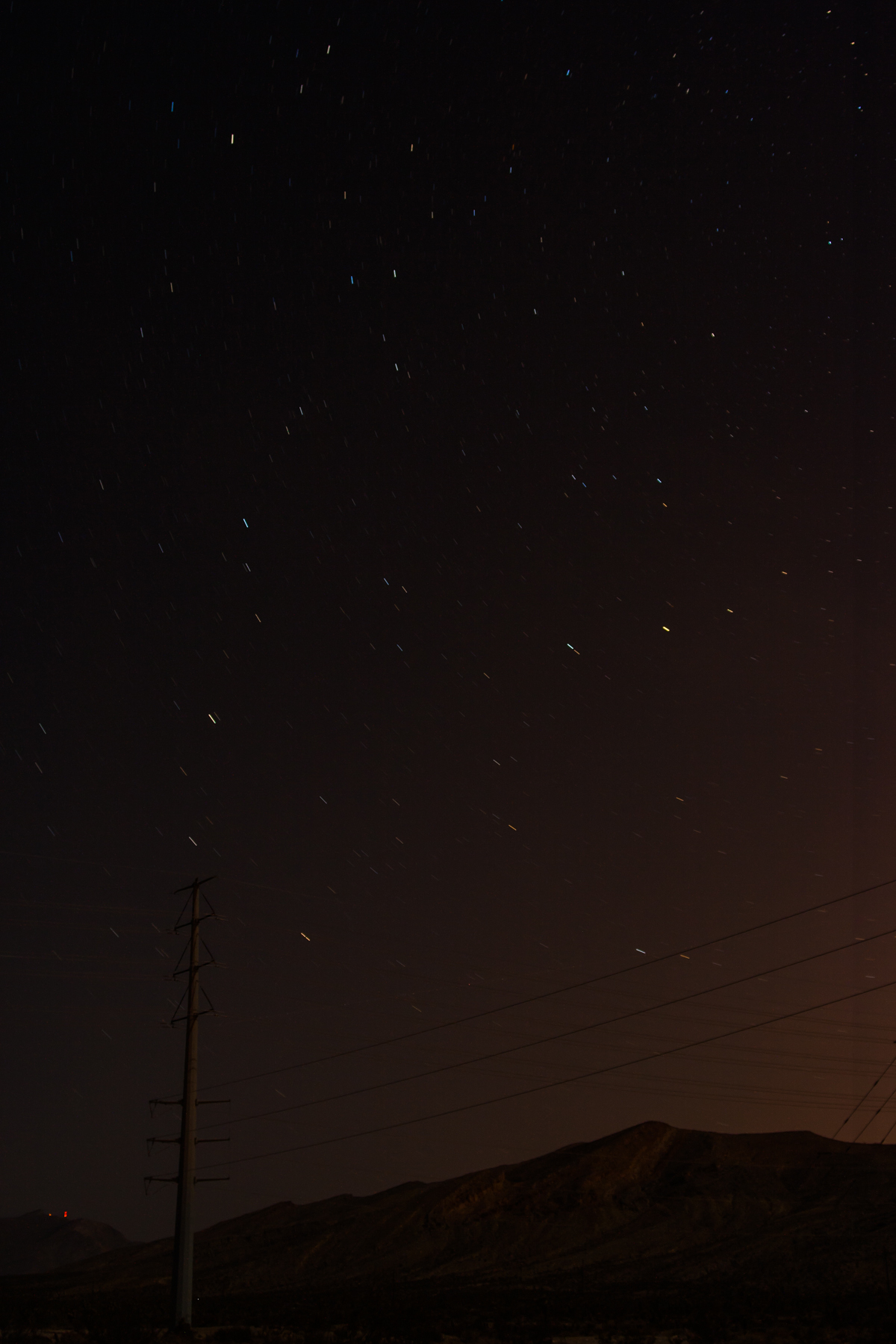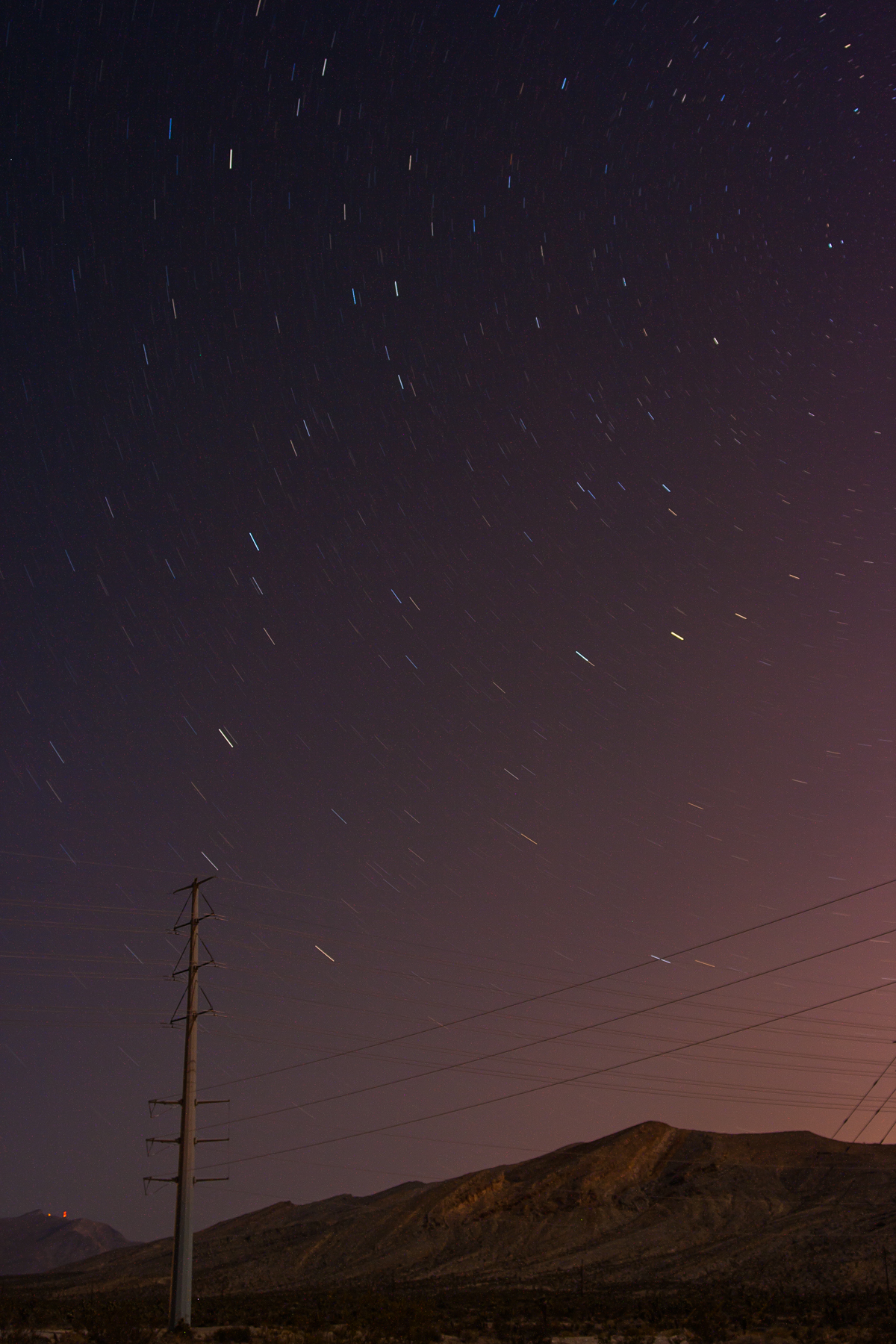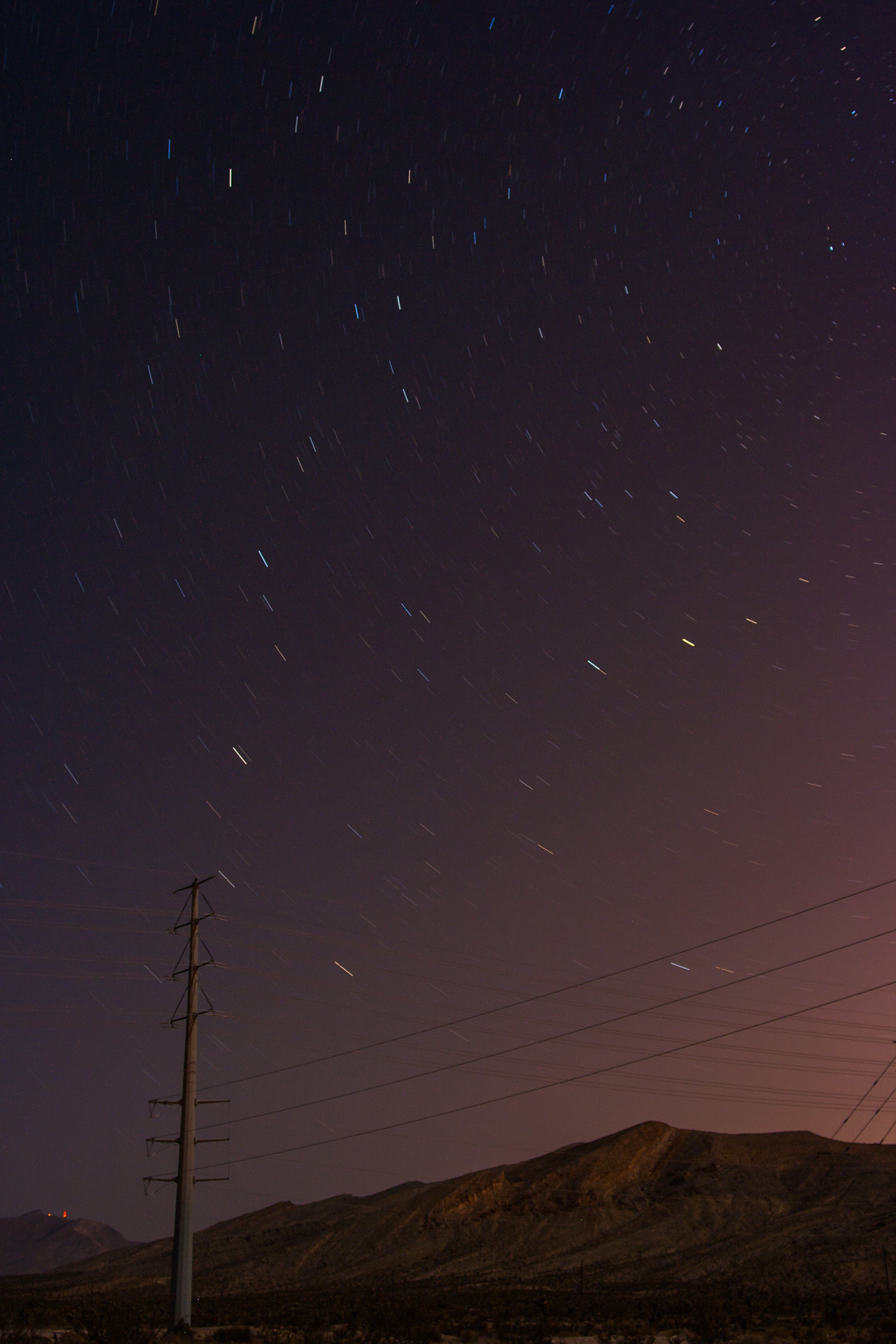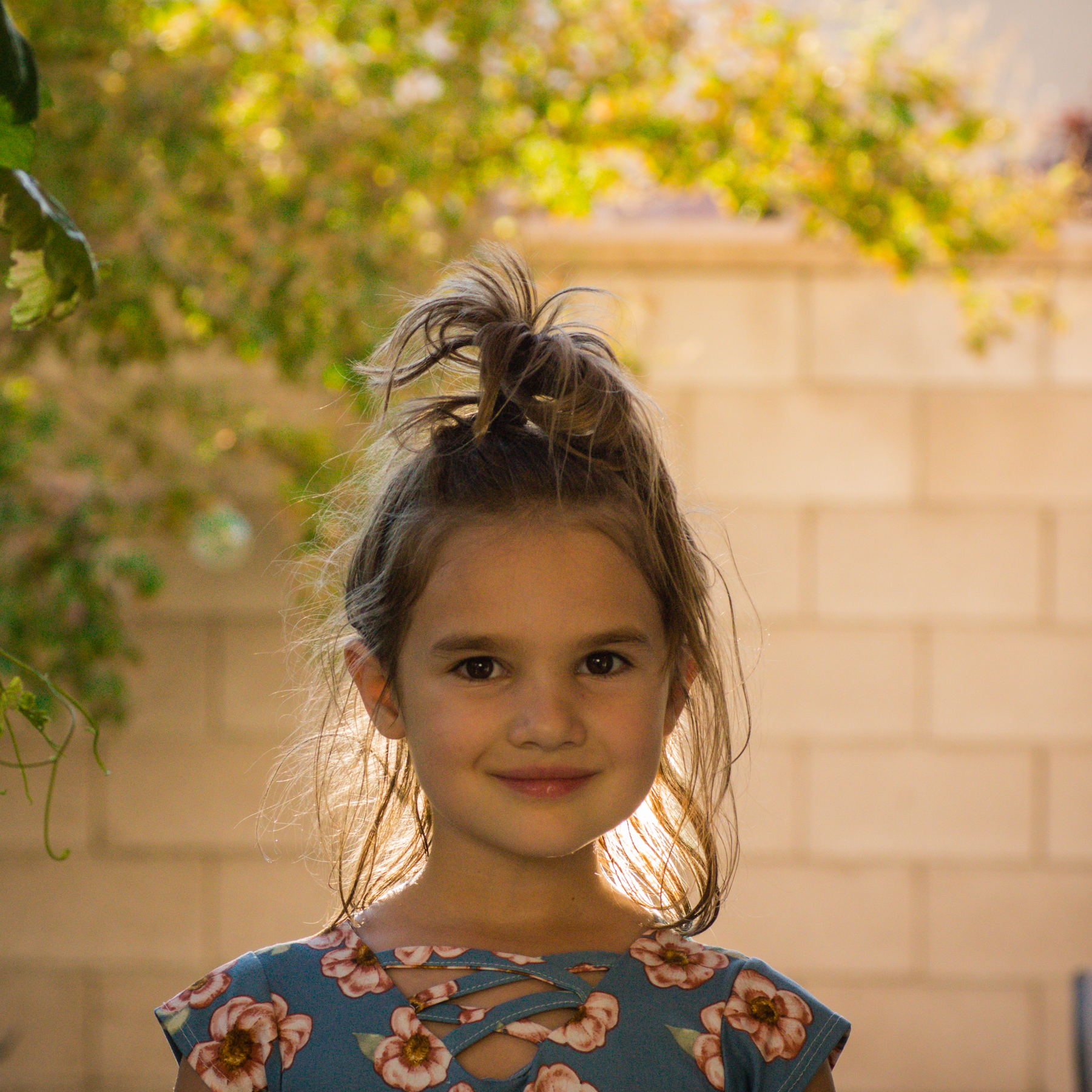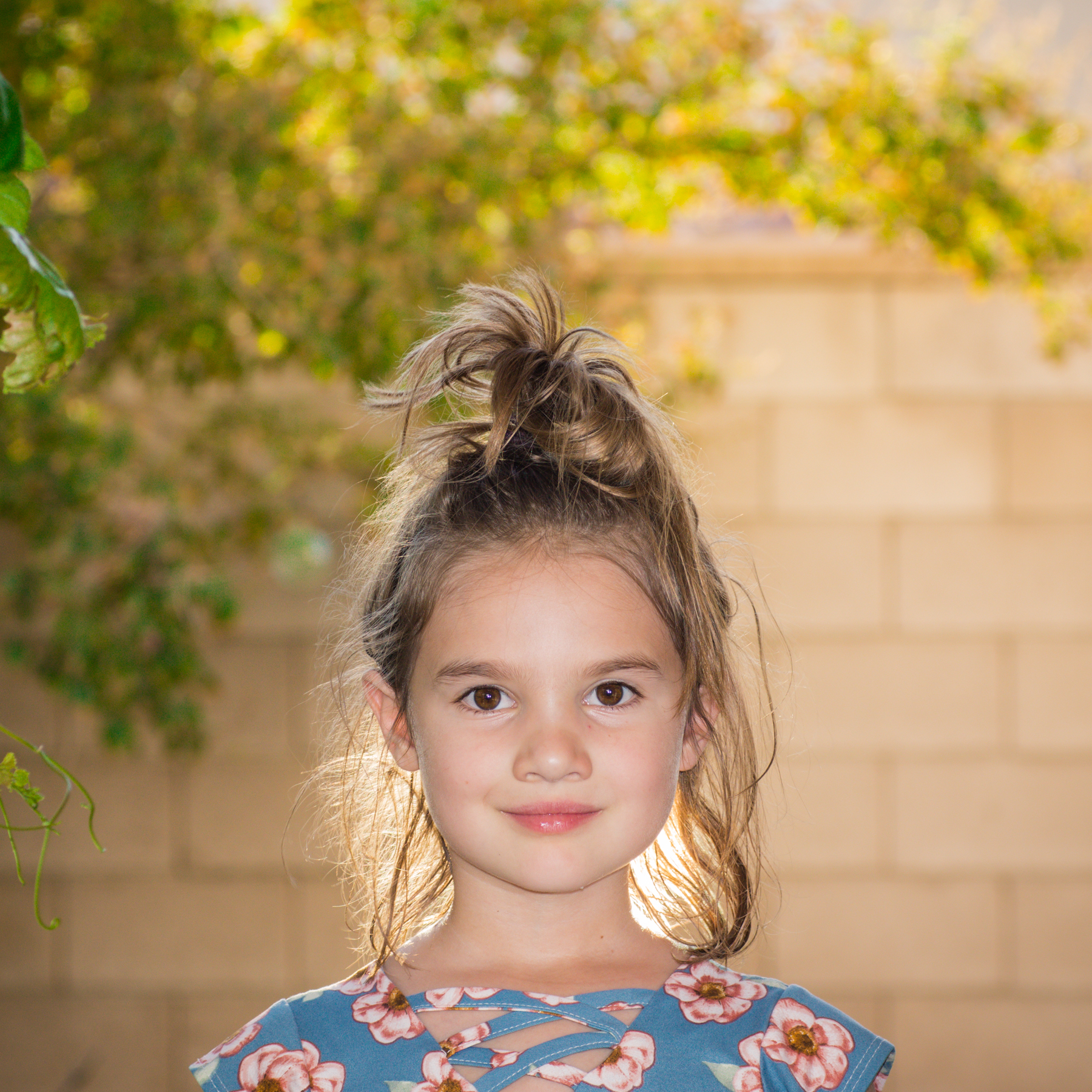Good morning,
I just found out that my A7iii which is a full frame camera can be used as a crop sensor camera with a camera setting. It doesn’t maintain the 6000x4000 pixels it becomes a 10mp image at 3936x2624 pixels. The images appear to be the same whether I crop them to 10mp or if I just take them at 10mp. So a 300mm lens will become a 450mm. I already wrote about crop vs full frame here Crop Sensor vs Full Frame — Scott W Gonzalez
I recently got a new lens that is used for all these images. A Tamron 150-600mm so the images are going from a 600mm to an effective 900mm. I will talk about the lens at another time. All I can say about it is damn.
I know that the A7iii and the a7Riii do it and I can only guess that Sony’s other FF cameras do too. I did a little checking there are Canon and Nikon FF cameras that have the option too. Below are some uncropped pictures from from my yard. The first is at an actual 600mm and then an effective 900mm.
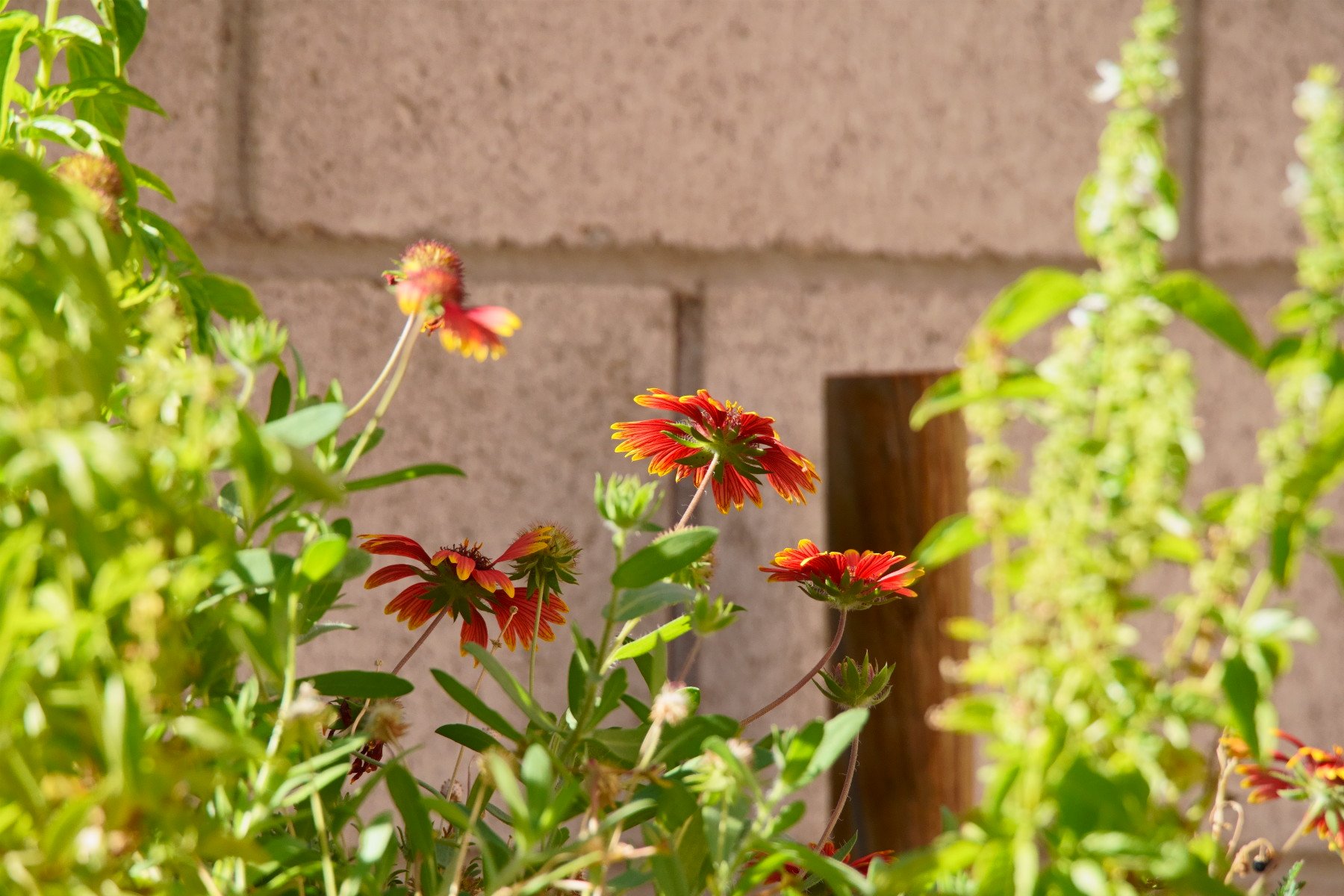




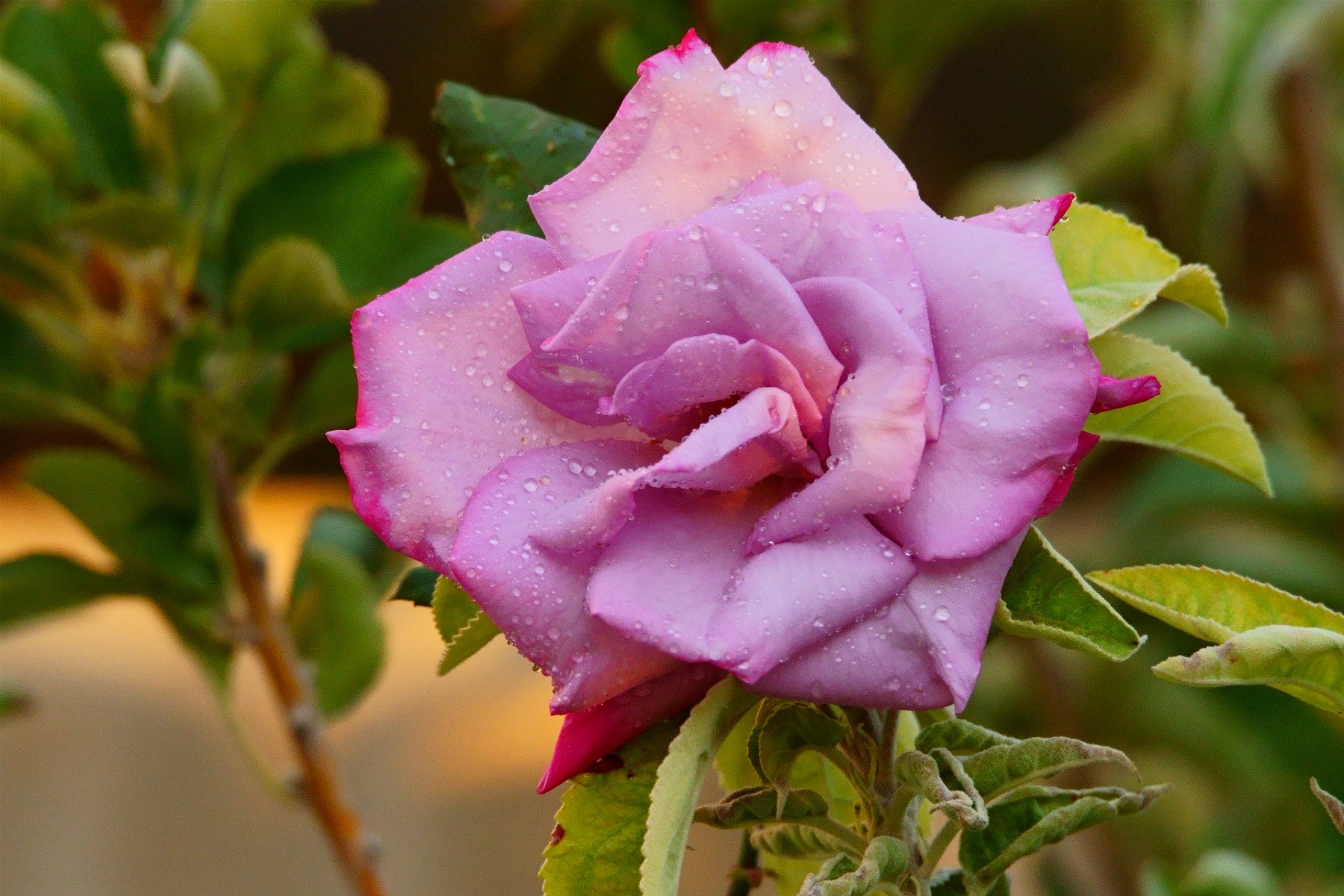
It comes in real handy when you want to get a little closer to your subject. In all reality it is not changing the optics, it is like cropping the image to a 10mp image in the camera instead of doing it in post processing. To show this I took the rose pictures and cropped them to 1800x1200 without resizing them. They are below.
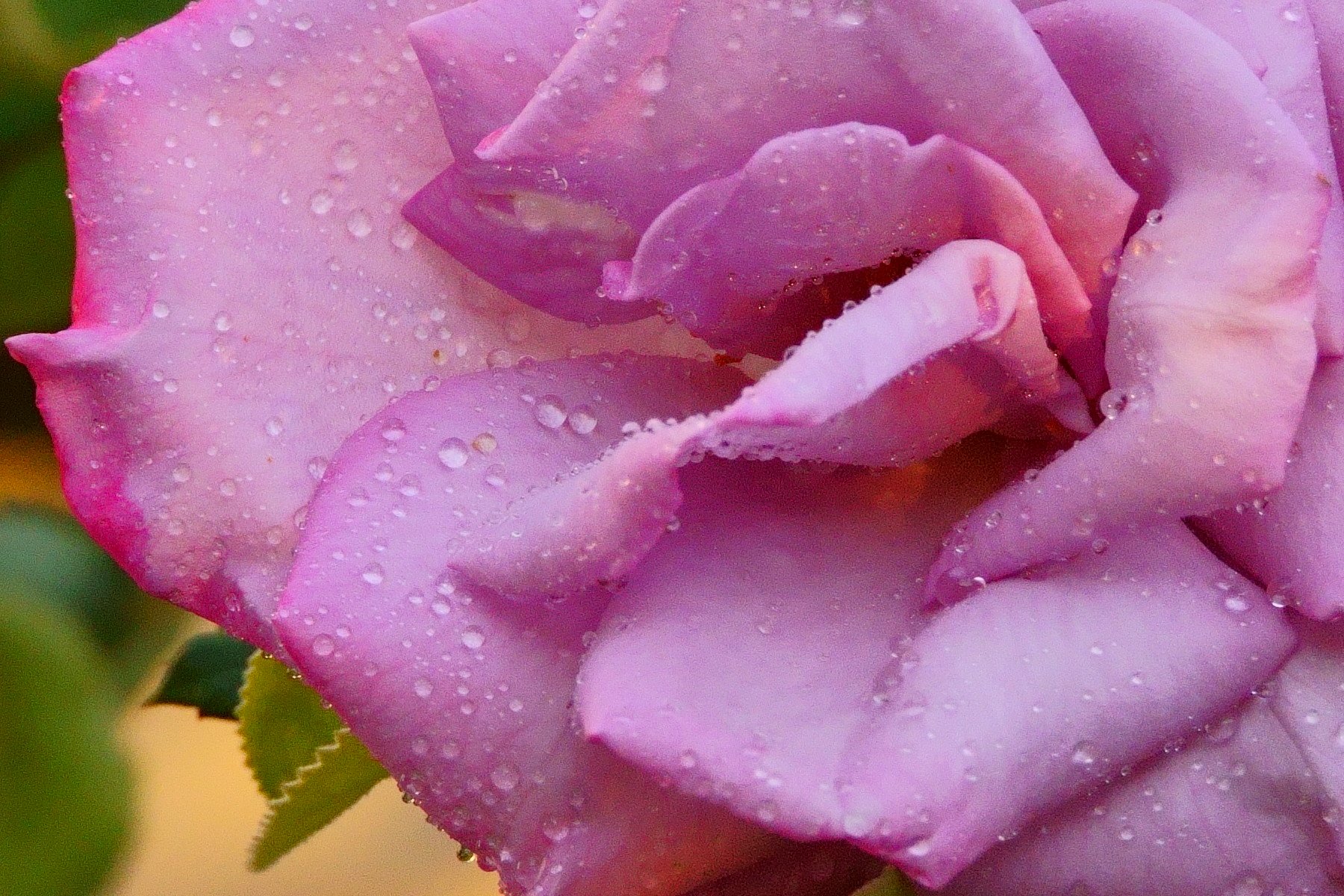
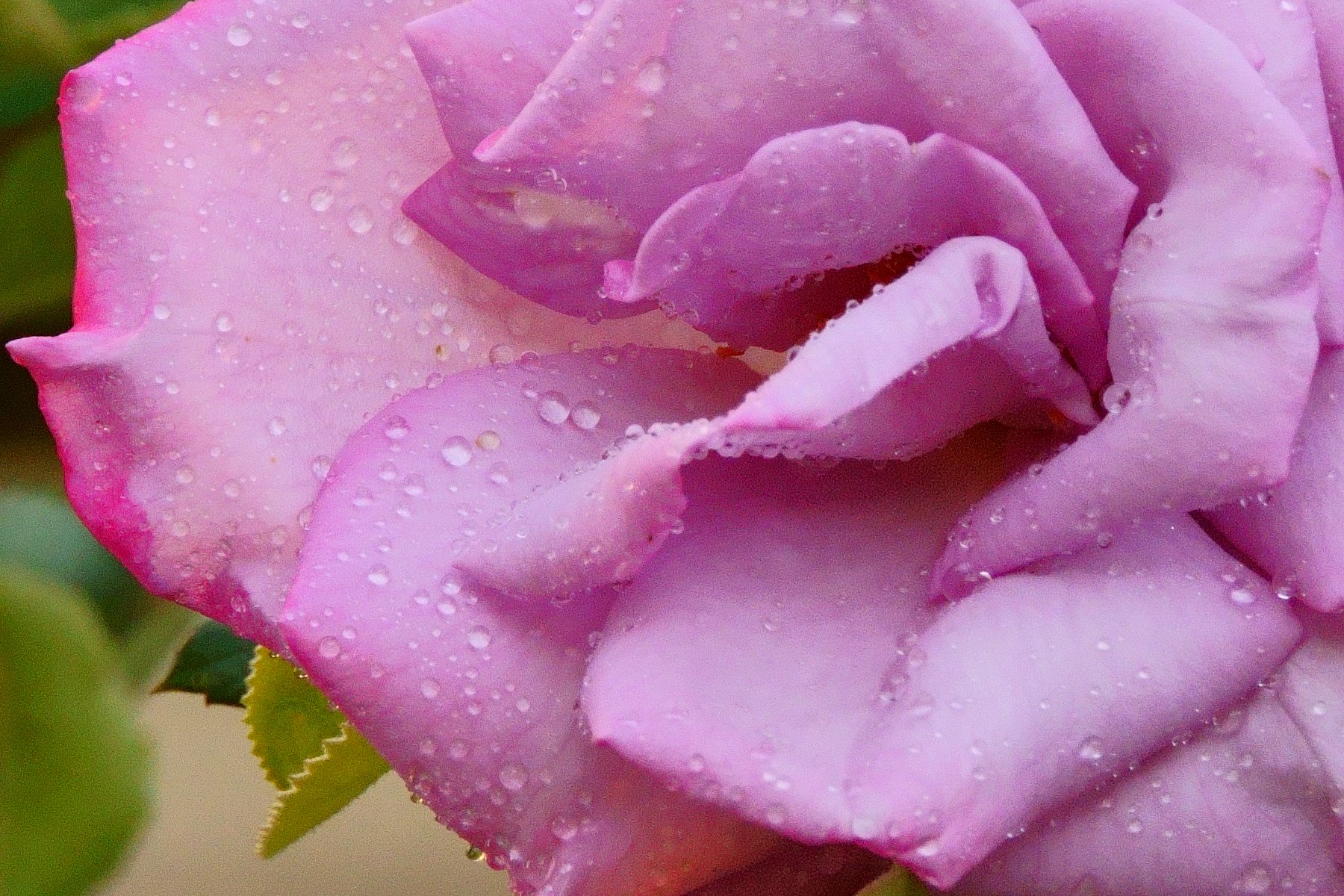
The only reason that I know which is which is from the sun on the wall and even with that I had to look at them uncropped to make sure. It is super useful if you don’t want to do the cropping in post. One less step.
~Scott

